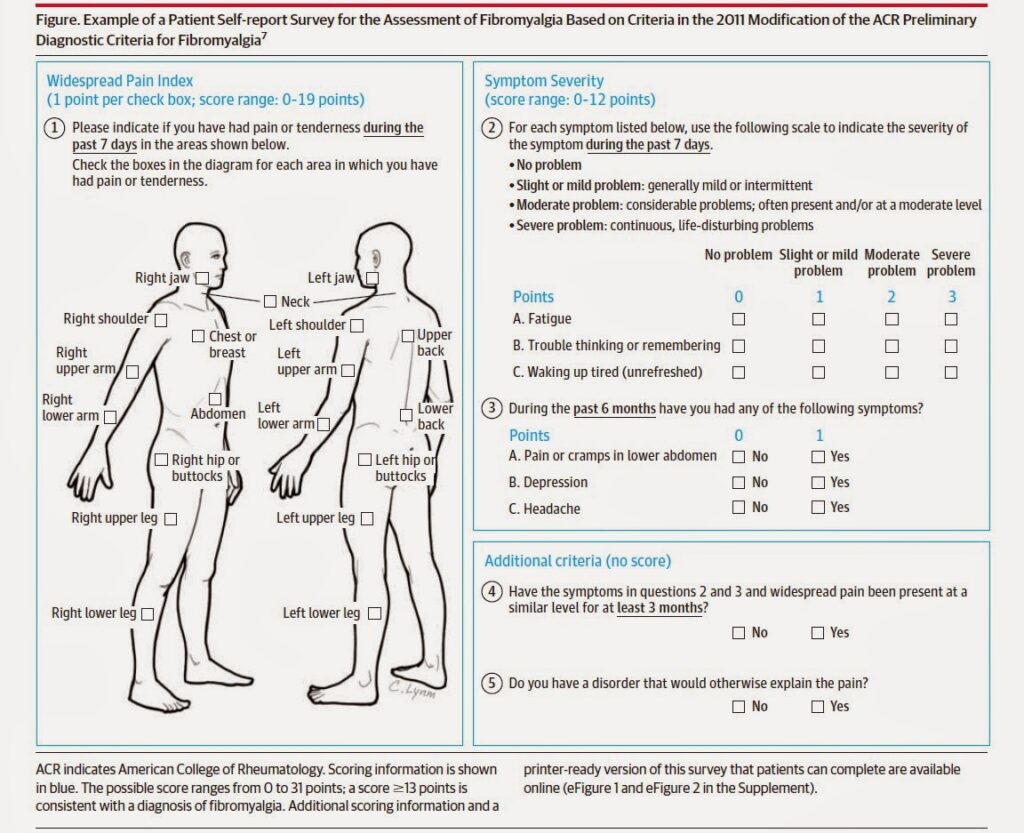Fibromyalgia, often abbreviated as FM, is a complex and chronic condition that affects millions of people worldwide. Despite its prevalence, it remains one of the most misunderstood and challenging health issues to diagnose and manage. This article delves into the intricacies of Fibromyalgia, exploring its underlying causes, symptoms, and various strategies for managing this debilitating condition.

What is Fibromyalgia?
Fibromyalgia is a long-term disorder characterized by widespread musculoskeletal pain, fatigue, sleep disturbances, and cognitive difficulties. Unlike other conditions that cause pain, Fibromyalgia does not involve inflammation or damage to the tissues. Instead, it is believed to stem from abnormalities in how the brain and spinal cord process pain signals.
The exact cause of Fibromyalgia remains unknown, but researchers suggest that a combination of genetic, environmental, and psychological factors may contribute to its development. It often coexists with other conditions such as irritable bowel syndrome, migraines, and depression, further complicating diagnosis and treatment.
Possible Causes and Risk Factors
- Genetics: Individuals with a family history of Fibromyalgia are more likely to develop the condition, suggesting a hereditary component.
- Infections: Certain illnesses or infections may trigger or exacerbate symptoms in susceptible individuals.
- Physical or Emotional Trauma: Events such as car accidents, surgeries, or significant emotional stress have been linked to the onset of Fibromyalgia.
- Hormonal Imbalances: Some studies indicate that imbalances in hormones like serotonin, dopamine, and cortisol may play a role in the development of the condition.
Recognizing the Symptoms
Fibromyalgia manifests differently in each individual, making it difficult to identify. However, there are several hallmark symptoms that are commonly reported by those affected.
Widespread Pain
The most defining feature of Fibromyalgia is chronic, widespread pain. This pain is typically described as a constant dull ache that lasts for at least three months. It affects both sides of the body and occurs above and below the waist. The pain can fluctuate in intensity and may be accompanied by tenderness in specific areas known as tender points.
Fatigue
Fatigue is another prevalent symptom of Fibromyalgia. Individuals often wake up feeling tired despite sleeping for extended periods. Sleep is frequently disrupted by pain, restless leg syndrome, or sleep apnea, contributing to daytime exhaustion.
Cognitive Difficulties
Many people with Fibromyalgia experience cognitive problems, often referred to as “fibro fog.” This includes difficulty concentrating, memory lapses, and trouble focusing on tasks. These cognitive challenges can significantly impact daily life and productivity.
Other Common Symptoms
- Headaches: Frequent tension headaches or migraines are common among individuals with Fibromyalgia.
- Irritable Bowel Syndrome: Digestive issues such as bloating, constipation, and diarrhea are frequently reported.
- Mood Disorders: Depression and anxiety are prevalent, often exacerbated by the chronic nature of the condition.
- Sensitivity to Environmental Factors: Many individuals report heightened sensitivity to light, noise, temperature changes, and certain odors.
Diagnosing Fibromyalgia
Diagnosing Fibromyalgia can be a lengthy and frustrating process due to the absence of definitive laboratory tests or imaging studies. Healthcare providers rely on a combination of patient history, physical examinations, and the exclusion of other conditions to make a diagnosis.
Diagnostic Criteria
In the past, the presence of tender points was a key diagnostic criterion. However, updated guidelines now focus on the following:
- A history of widespread pain lasting at least three months.
- The absence of another condition that could explain the symptoms.
- The use of validated questionnaires to assess symptom severity and impact on daily life.
Challenges in Diagnosis
One of the primary challenges in diagnosing Fibromyalgia is its overlap with other conditions. Symptoms such as fatigue, pain, and cognitive difficulties are also associated with disorders like rheumatoid arthritis, lupus, and chronic fatigue syndrome. This overlap often leads to misdiagnosis or delayed diagnosis, prolonging the suffering of those affected.
Managing Fibromyalgia
While there is no cure for Fibromyalgia, a multidisciplinary approach can help manage symptoms and improve quality of life. Treatment plans are highly individualized, taking into account the unique needs and preferences of each person.
Medications
Several medications are commonly prescribed to alleviate symptoms:
- Pain Relievers: Over-the-counter options like acetaminophen or ibuprofen may provide mild relief. In some cases, prescription medications such as tramadol may be necessary.
- Antidepressants: Medications like duloxetine and milnacipran can help reduce pain and improve mood.
- Anti-seizure Drugs: Pregabalin and gabapentin are sometimes used to treat nerve-related pain associated with Fibromyalgia.
Lifestyle Modifications
In addition to medication, lifestyle changes play a crucial role in managing Fibromyalgia:
- Regular Exercise: Low-impact activities such as walking, swimming, or yoga can help reduce pain and improve overall well-being.
- Healthy Diet: A balanced diet rich in fruits, vegetables, whole grains, and lean proteins can support overall health and energy levels.
- Sleep Hygiene: Establishing a consistent sleep routine and creating a restful environment can improve sleep quality.
Alternative Therapies
Many individuals find relief through complementary and alternative therapies:
- Acupuncture: This traditional Chinese medicine technique involves inserting thin needles into specific points on the body to relieve pain.
- Massage Therapy: Regular massage can help reduce muscle tension and promote relaxation.
- Meditation and Mindfulness: Practices such as mindfulness meditation and deep breathing exercises can help manage stress and improve mental clarity.
Psychological Support
Living with Fibromyalgia can take a toll on mental health. Counseling or therapy can provide valuable support:
- Cognitive Behavioral Therapy: This form of therapy helps individuals reframe negative thoughts and develop coping strategies.
- Support Groups: Connecting with others who understand the challenges of living with Fibromyalgia can foster a sense of community and belonging.
The Role of Education and Awareness
Raising awareness about Fibromyalgia is essential for reducing stigma and improving outcomes for those affected. Education empowers patients, caregivers, and healthcare providers to recognize the condition early and implement effective management strategies.
Advocacy Efforts
Organizations dedicated to Fibromyalgia research and advocacy play a vital role in advancing understanding and treatment options. These groups work tirelessly to fund studies, educate the public, and advocate for policies that support individuals living with the condition.
Breaking the Stigma
Because Fibromyalgia lacks visible signs and its symptoms are subjective, it is often dismissed or misunderstood. Increasing awareness and fostering empathy can help break down barriers and ensure that individuals receive the care and support they need.
Future Directions in Research
Ongoing research holds promise for better understanding and treating Fibromyalgia. Scientists are exploring new avenues, including:
- Neuroimaging Studies: Advanced imaging techniques are being used to study brain activity and identify potential biomarkers for the condition.
- Genetic Research: Investigating genetic factors may lead to personalized treatment approaches.
- Novel Therapies: Clinical trials are underway to test innovative treatments, including non-pharmacological interventions.
By continuing to invest in research, the medical community hopes to uncover new insights and develop more effective strategies for managing Fibromyalgia.





